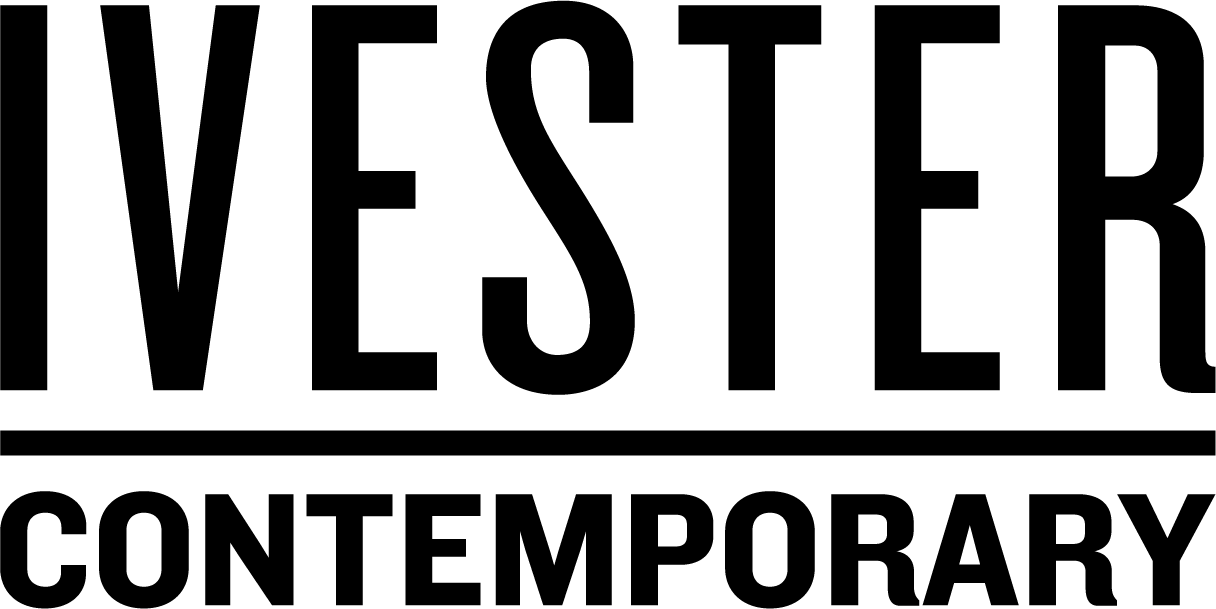The landscape and iconography of the American Southwest has always been a muse for Tom Jean Webb. While growing up outside of London, Webb lived next door to his grandfather with whom he was very close and who imparted his interests in all things Americana; he wore cowboy boots, drove American cars, watched American westerns, and bought Webb his first Stetson. Webb was raised in a home of makers and has created all his life, so upon entering a contemporary art gallery for the first time he knew instantly that he was meant to be an artist. Stylistically and conceptually, Webb finds inspiration in the endless horizons of the American southwestern landscape and uses it in his work as a symbol for limitless possibilities.
While still living in England, Webb’s work was an imaginative ideal of the American southwest, but since moving to Austin six years ago his work has transformed into an emotional response to his experiencing the region first-hand. Webb’s practice is multidisciplinary, ranging from paintings on canvas sporting fringe to stone slab sculptures bearing noses, and is most identifiable by black contours outlining details populating the compositions. Using color palettes inspired by the desert, Webb creates rocky arid landscapes as scenes of contemplation for both the figures carved out by negative space and for the viewer. Webb poses his figures pensively, as though they are lost in thought while gazing upon the surrounding landscape. They are the only elements without color and lack any individualization, like paper dolls cut out of the frame, allowing viewers to take their place. In doing so, Webb creates both real and implied space for viewers to consider man’s emotional and physical relationship to the landscape.
Among the details one expects to occupy a desert environment, such as rattle snakes, stones, and cacti, Webb includes a reoccurring motif representative of transcendence; an arched threshold accompanies the figures, like a portal that goes beyond conventional boundaries of space and time. This detail is seemingly indicative of Webb’s continual perseverance against boundaries, be they physical, geographical, or conceptual. Believing in our ability to manifest dreams into reality, Webb did just that when he moved to the United States despite limitations -- whether they were mental blocks or the Atlantic Ocean. In his work, Webb transcends distinctions in discipline and in subject by exploring the fine nuance between dream and reality, tangibility and intangibility, sturdiness and fragility. By playing with the work as an object, in its final form and in the process through which the work is created, expanding upon the concept of space and objectivity, Webb encourages the viewer’s mind to go beyond the material surface to occupy the “space” of a painting.
Among his admirations for American culture, Webb favors the tendency in American artists to traverse boundaries in medium and discipline. Webb himself frequently veers between distinctions in his practice by combining media, varying materials, and collaborating with other artists. Collaboration allows Webb to improve his own practice by creating an artistic dialogue with musicians, designers, and other creatives that allows for new ideas and provides an enjoyable space for fun and play. In his work, playfulness and pleasure is fundamental. Drawing from his childhood memories of working with fabric alongside his mum, Webb implements a childlike approach to his artistic practice with a goal of finding oneself through the creative process in mind. For this reason, Webb finds inspiration from the late Texan artist Robert Rauschenberg who is best known for his three-dimensional combines which challenged distinctions between painting and sculpture, fine art and everyday objects. According to Webb, Rauschenberg’s work exudes a playful creativity that reveals the fun he had during his process. Webb channels this same energy in his own work by using formal qualities, like color, to illustrate the ambiance of the landscape he’s rendering and to reflect the emotion he’s feeling while creating.
Webb also aims to elicit emotional engagement among viewers. For Wildflowers at Ivester Contemporary, Webb collaborated with musician Ryan Huseman to create a cinematic experience for viewers to participate in by constructing narrative meaning from visual cues referring to people, place, and performance that are found in Webb’s paintings with accompanying songs by Huseman. While immersed in the space, viewers as participants are invited to explore the myriad possibilities of dialogue, events, and scenarios between the two main characters that appear throughout the series. The exhibition is theatrical and does not fully function without viewer involvement and Webb and Huseman’s collaboration, making it representative of Webb’s comprehensive practice because it eludes any strict disciplinary categorization, instead floating between visual art, musical production, and performance art. Further, while it prompts thoughtful contemplation on space, present moments, and man’s relationship to natural surroundings, it simultaneously encourages playfulness and childlike fun,
reminding us that art is for pleasure and enjoyment -- not just a heady game for academics.
